The one problem with the grimacing emoji
Thought you knew the difference between smiley and angry emoji? Think again.
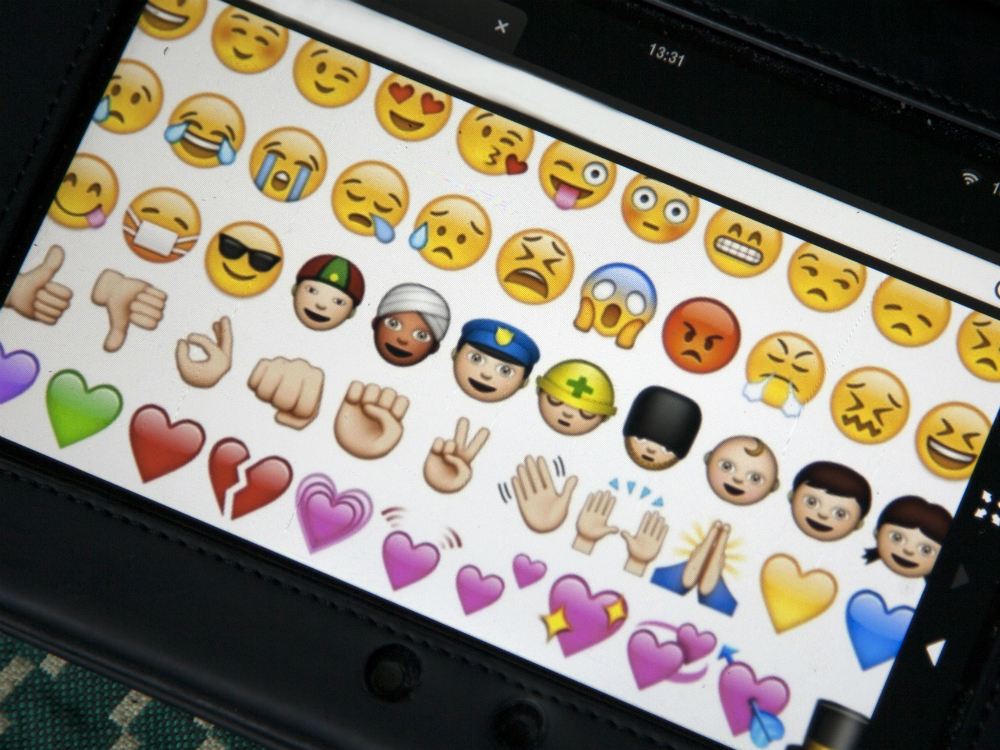
Thought you knew the difference between smiley and angry emoji? Think again.
Few things give us more joy than nailing the right emoji. Expressing joy, sadness, rowing a boat – whatever it may be – there is an emoji (or ten) to convey your thoughts and feelings. Adding emphasis to a sassy-filled message or cooly taking the place of words is strangely and hugely satisfying.
But a new study has completely thrown shade all over our emoji obsession.
In the same week we discovered we’ve been using the sassy girl all wrong, the students of the University of Minnesota have offered up some startling finds about how often emojis are misconstrued across different phone brands. Here’s what they found…
Did you know that when you send your friend the classic smiley face on your Nexus, they might see the teeth-clenching, grimmacing face on their iPhone? And it’s not just the smiler; this type of thing can happen for all emoji - yes, even the poo. The study shows it’s leading us to completely misinterpret the meaning of our new-found emoji-based language. ?
Just look at the many ways a simple smiley face is viewed:
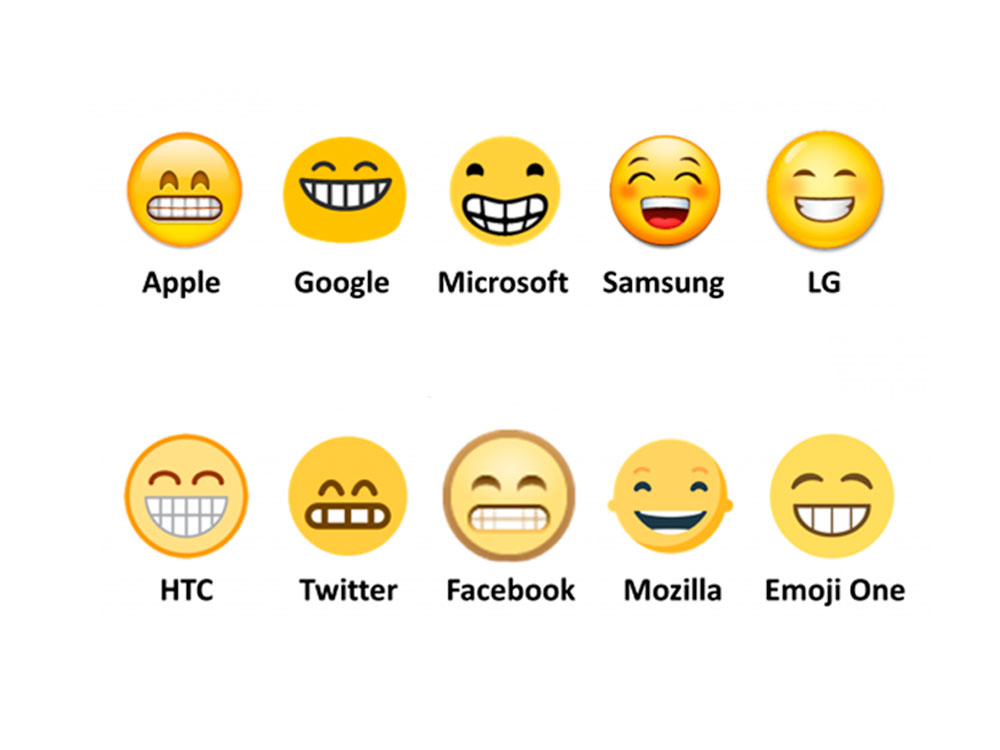
So here’s the technical reasoning. To your smartphone, an emoji is just like any other character – like a lower case a or upper case B - but since each smartphone has its own emoji font, the same emoji can look way different, depending on the device its viewed on.
Marie Claire Newsletter
Celebrity news, beauty, fashion advice, and fascinating features, delivered straight to your inbox!
Mind blown.
This is why when a Google Nexus owner sends smiley face to a friend with an iPhone, the iPhone owner will actually see the teeth. What’s more problematic is that this isn’t just limited to two types of phones. And in fact, the smiling emoji is just the tip of a very yellow-faced iceberg.
This is why Unicode, the group that has the enviable job of choosing emoji and setting their standards, recently suggested a few changes, many of which are based on the fact people are so wantonly misinterpreting characters. And for the record, Unicode says the hands are not a high-five. Don’t get us started.
Take, for example, the sleepy face, which looks like this across various devices - the last image being the proposed change:

Without getting too technical, the Minnesota researchers have created a diagram of how negative or positive an emoji symbol ranks with each receiver. And often, a positive character from one phone is interpreted considerably less positively by other devices.
Will this change the way we use emoji? In a word, no. After all, nothing’s going to be able to replace that essential glass of wine, dancing lady in red or, a reliable fave, the fist punch.
The leading destination for fashion, beauty, shopping and finger-on-the-pulse views on the latest issues. Marie Claire's travel content helps you delight in discovering new destinations around the globe, offering a unique – and sometimes unchartered – travel experience. From new hotel openings to the destinations tipped to take over our travel calendars, this iconic name has it covered.
-
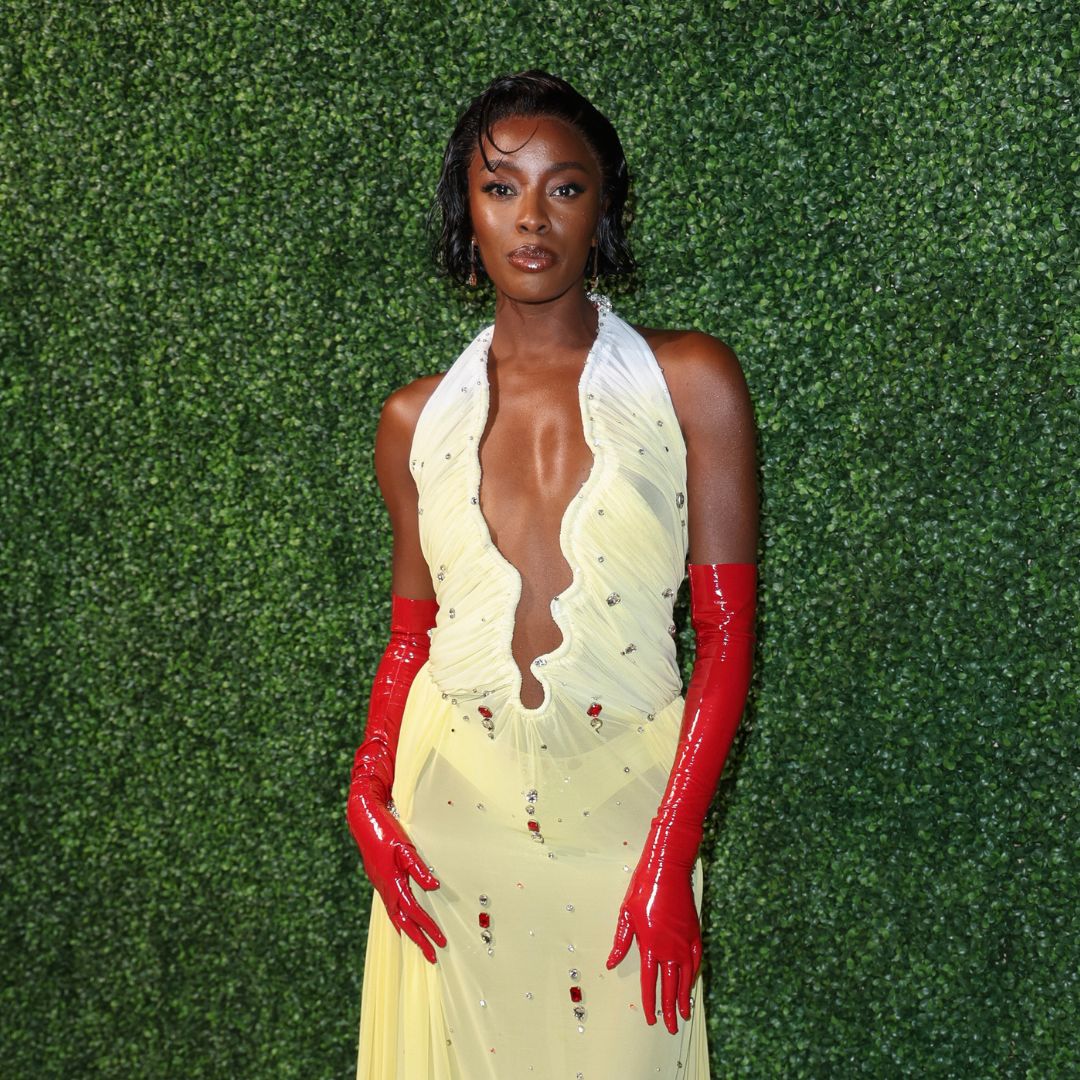 Anatomy Of A Wardrobe: TV presenter AJ Odudu is carving out her own lane, one show-stopping look at a time
Anatomy Of A Wardrobe: TV presenter AJ Odudu is carving out her own lane, one show-stopping look at a timeWatch as we take an exclusive look inside AJ's wardrobe
By Lily Russo-Bah
-
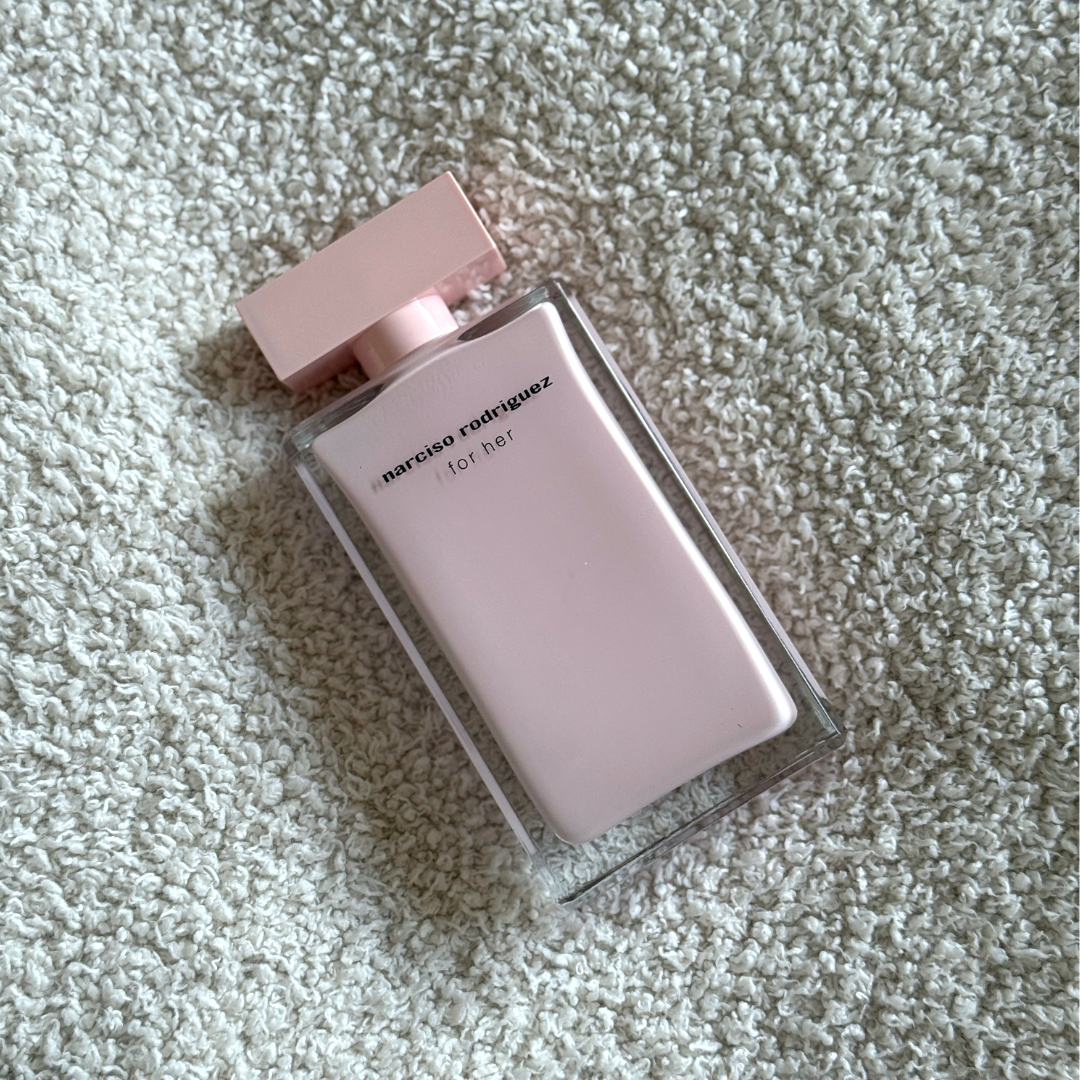 This perfume has been an icon for over 20 years, and for good reason—it’s soft, elegant, and oh so feminine
This perfume has been an icon for over 20 years, and for good reason—it’s soft, elegant, and oh so feminineFeminine but not *too* sweet
By Lucy Abbersteen
-
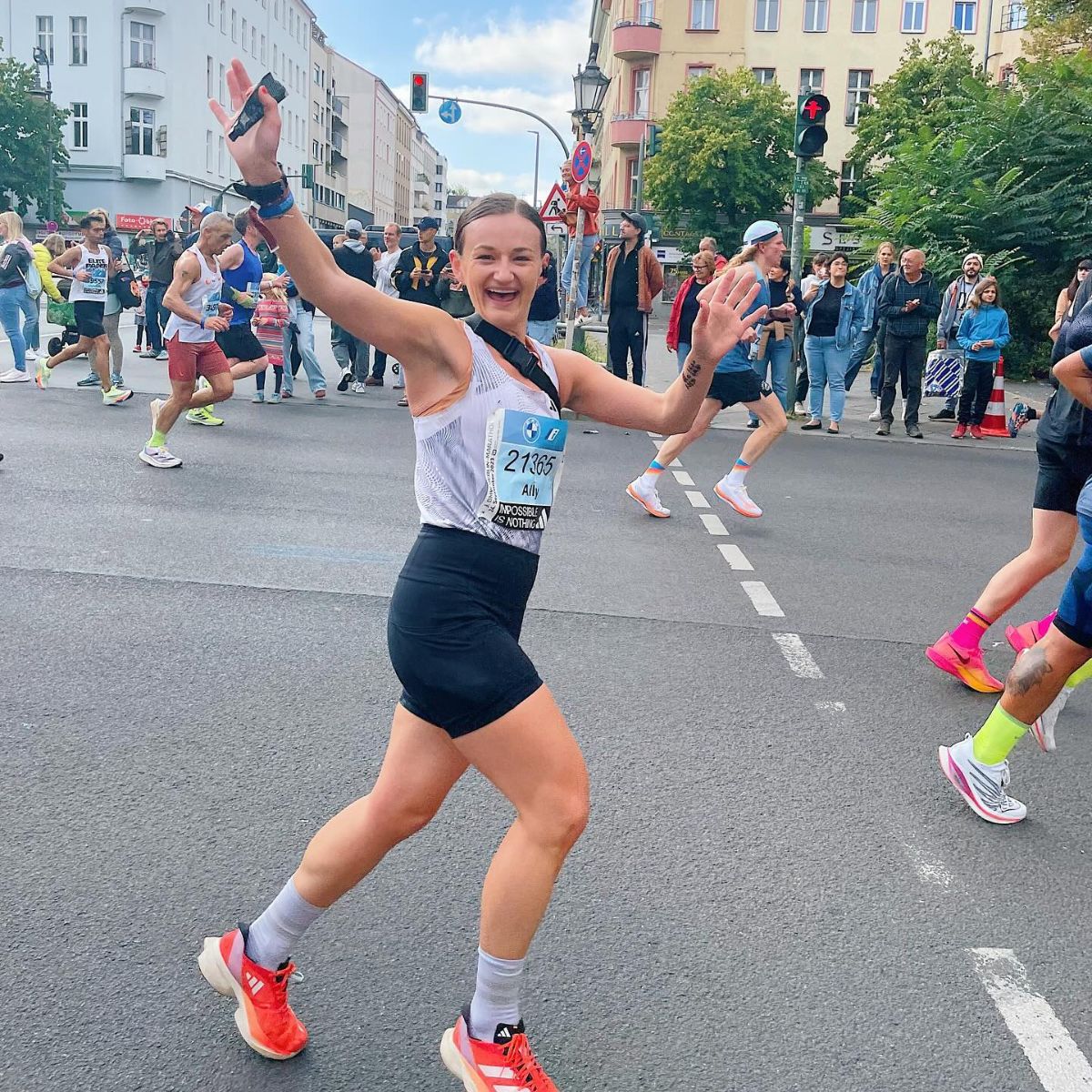 Got marathon fever? Trust us: these 12 running accessories will make any distance more manageable
Got marathon fever? Trust us: these 12 running accessories will make any distance more manageableOnce you try these, you won't look back.
By Amelia Yeomans